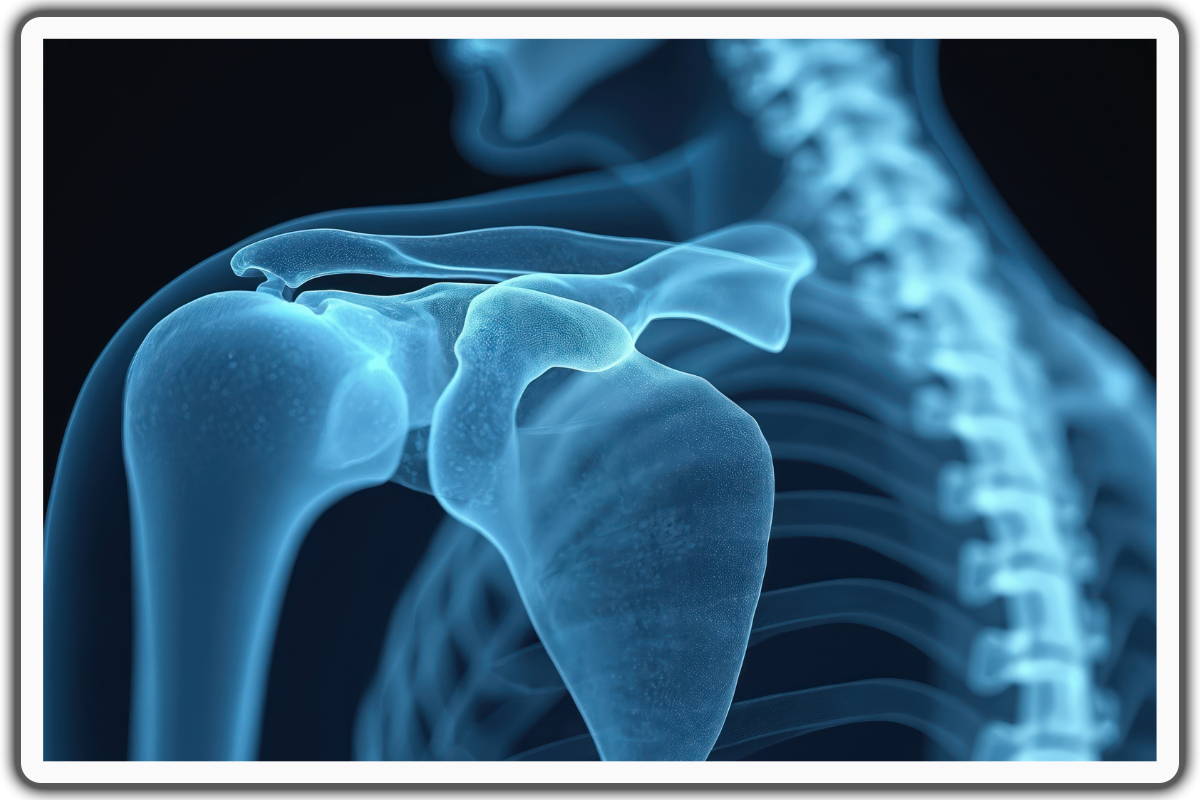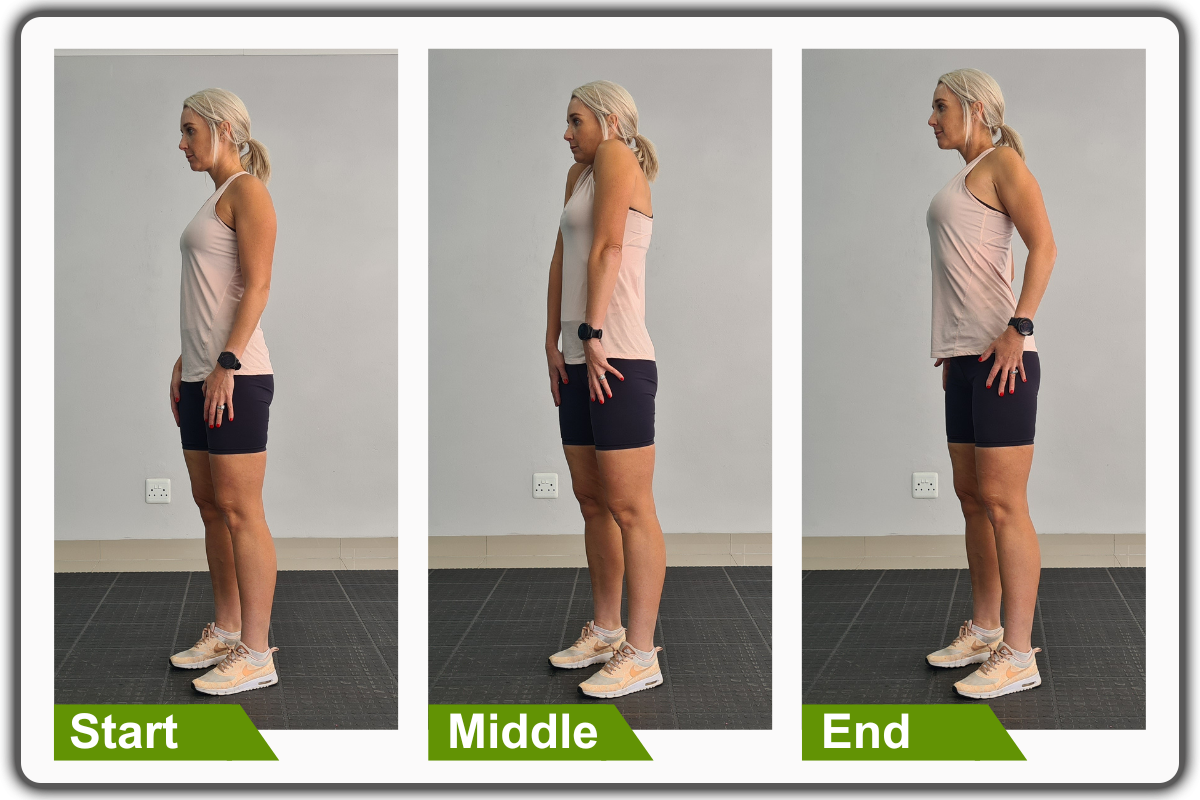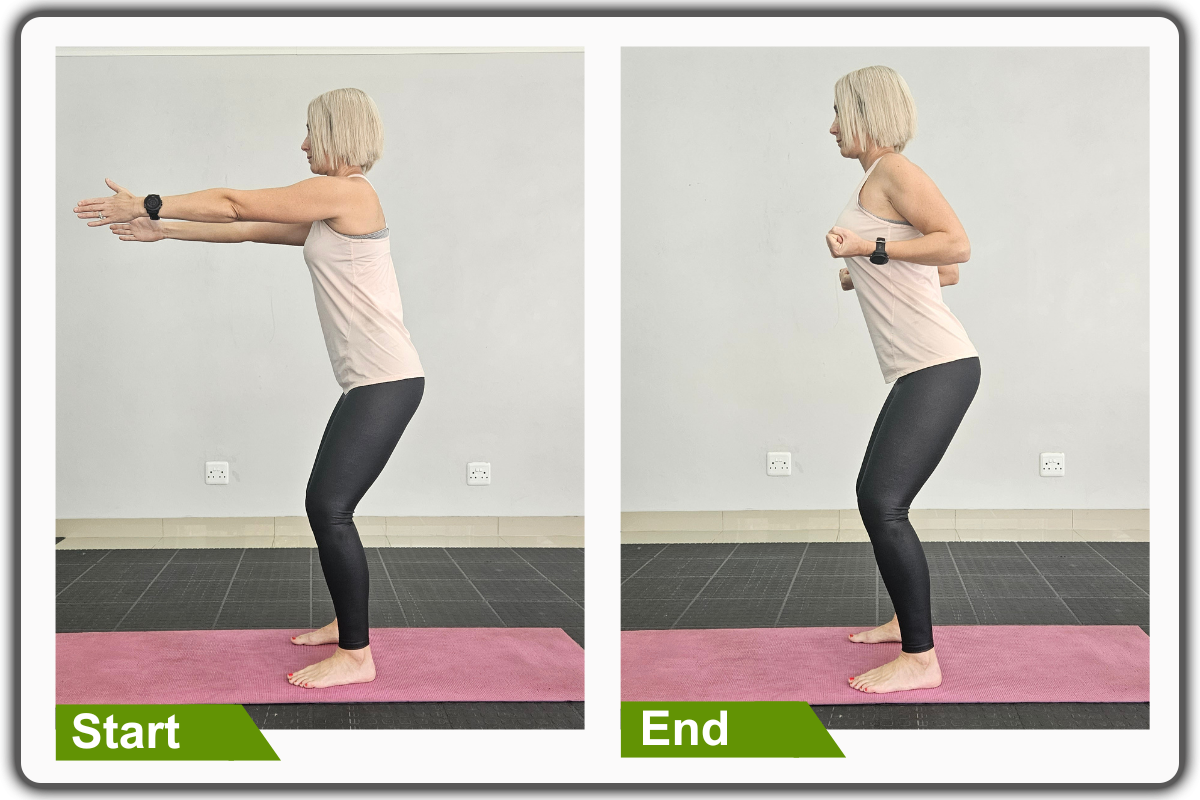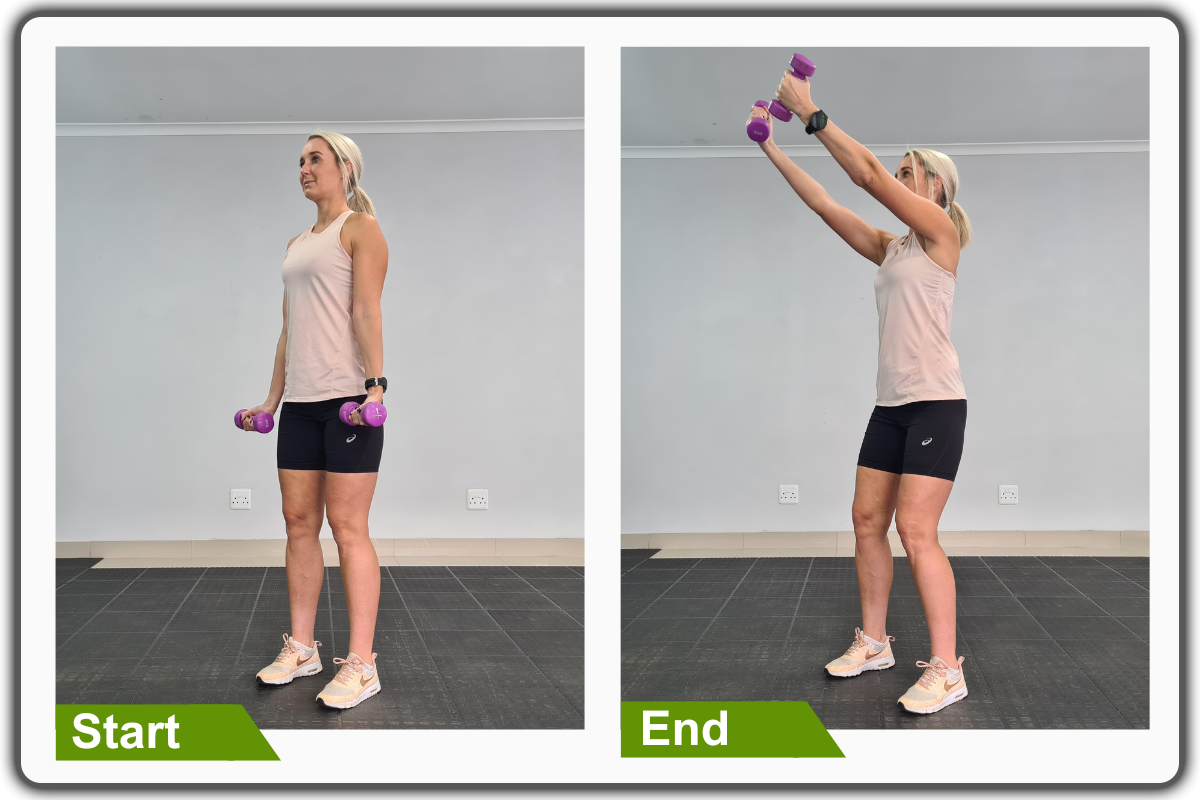
Understanding Shoulder Blade Pain: Causes, Symptoms, and Effective Remedies
Shoulder blade pain is a common issue experienced by people of all ages, often characterized by discomfort, aching, or sharp sensations around the upper back.
This pain can range from a mild annoyance to a debilitating condition that interferes with daily activities.
Given the scapula's pivotal role in supporting shoulder movement and stability, any discomfort in this area can significantly impact overall mobility and quality of life.
The causes of shoulder pain are varied and can range from something as simple as poor posture or muscle strain to more serious conditions like nerve compression or referred pain from internal organs.
While some cases resolve independently with rest and basic remedies, others may require professional diagnosis and targeted treatment.
Failing to address persistent pain can lead to chronic discomfort and even more severe complications.
Understanding the causes and symptoms of shoulder blade pain is essential for effective management and recovery.
In this article, we’ll explore the common reasons for shoulder blade pain, symptoms to watch for, and actionable remedies for relief.
Whether your discomfort is minor or a sign of a deeper issue, this guide will help you take the right steps toward lasting relief.
What is Shoulder Blade Pain?
Shoulder blade pain is discomfort or ache felt around the scapula that can range from mild soreness to sharp pain and may stem from musculoskeletal issues or a sort of stabbing pain from internal conditions (Kooienga & Rasmor, 2016).
Anatomy of the Shoulder Blade (Scapula)

The scapula, commonly known as the shoulder blade, is a large, flat bone that connects the upper arm bone (humerus) to the collarbone (clavicle).
It plays a crucial role in providing stability and support to the shoulder joint while also serving as an attachment site for numerous muscles, tendons, and ligaments.
These structures work together to facilitate the range of motion necessary for everyday activities like lifting, pushing, and pulling.
Key functions of the scapula include:
- Acting as a stabilizing base for shoulder movement.
Protecting vital structures, such as blood vessels and nerves.
Supporting the arms during both static and dynamic movements.
Because of its central role in mobility and support, issues affecting the scapula or its associated structures can lead to significant pain and functional impairment.
Difference Between Acute and Chronic Shoulder Blade Pain
Acute Shoulder Blade Pain
- It’s a sudden onset, typically linked to a specific event like an injury or muscle strain.
It’s often resolved within days or weeks with proper care.
It’s often caused by overuse of the shoulder, poor posture, or trauma.
Chronic Shoulder Blade Pain
- The pain persists for months or even years, potentially fluctuating in intensity.
It also indicates underlying issues such as arthritis, nerve compression, or long-term muscle tension.
Requires a more comprehensive approach to diagnosis and treatment, including imaging tests or specialist consultations.
Pain intensity can vary between individuals and is influenced by factors like the severity of the underlying cause, overall health, and response to treatment.
Recognizing whether shoulder blade pain is acute or chronic is essential for determining the appropriate intervention and achieving lasting relief.
By understanding the anatomy and function of the scapula, as well as the distinctions between acute and chronic pain, readers gain a foundational insight into why shoulder blade pain occurs and how it may impact their daily lives.
Common Causes of Shoulder Blade Pain
Shoulder blade pain can arise from various factors, ranging from simple lifestyle habits to underlying medical conditions.
Understanding these causes can help identify the source of discomfort and guide effective treatment.
1. Muscle Strain

Overuse of the muscles surrounding the shoulder blade is a frequent cause of discomfort.
This often happens due to repetitive activities such as lifting, pulling, or pushing motions, which overwork the scapular muscles.
Poor posture, like slouching or sitting hunched over for extended periods, adds continuous stress to these muscles, leading to strain over time.
Heavy lifting, particularly without proper form, can exacerbate the issue by putting excessive pressure on the muscles and surrounding structures.
These strains usually manifest as soreness or stiffness, with pain often intensifying during movement or after prolonged activity.
2. Underlying Conditions
Sometimes, shoulder pain points to deeper health issues.
Arthritis, characterized by joint inflammation, can cause referred pain in the scapular region.
Gallbladder disease, including gallstones, is another potential culprit, with pain often radiating to the right shoulder blade.
Similarly, herniated discs in the cervical or thoracic spine can compress nerves, resulting in radiating pain or tingling in the upper back and scapula area.
These conditions usually produce persistent or recurring pain, necessitating thorough diagnostic evaluations, such as imaging tests, to pinpoint the underlying cause.
3. Injury or Trauma

Shoulder blade pain can also result from direct injuries or trauma to the area.
Falls or accidents that deliver a direct blow to the upper back may damage the muscles, ligaments, or even the scapula itself.
Sports injuries, especially repetitive overhead motions like swimming or tennis, can overstress the scapular region, leading to muscle tears or ligament strains.
Injuries of this nature typically cause sharp, localized pain accompanied by swelling.
In severe instances, a scapular fracture might occur, requiring urgent medical intervention and possibly long-term rehabilitation.
4. Poor Ergonomics
Long hours spent in poorly designed workspaces are a common driver of shoulder blade discomfort.
A desk setup with an improperly positioned chair, monitor, or keyboard can force the body into awkward postures, placing undue strain on the muscles supporting the scapula.
Prolonged sitting, especially without regular breaks to move or stretch, exacerbates muscle fatigue and stiffness.
Making ergonomic adjustments, such as improving chair height, screen placement, or keyboard alignment, can significantly reduce this type of pain and help prevent it from becoming a chronic issue.
5. Stress and Tension

Psychological stress is a significant but frequently overlooked contributor to shoulder blade pain.
Chronic stress often manifests physically, causing tightness or muscle spasms in the upper back.
This tension can create a sensation of stiffness or even a dull ache around the scapula.
Unlike other causes, stress-induced pain tends to fluctuate, worsening during periods of high emotional strain and improving when stress is alleviated.
Addressing stress through relaxation techniques and lifestyle changes is often essential for relief.
5 Exercises That Help With Shoulder Pain
1. Shoulder Rolls
Begin in an upright standing position with your feet hip-width apart, maintaining a good alignment with your head, shoulders, hips, and legs. Relax your arms at your sides and engage your core. Lift your shoulders, then roll them back until you feel resistance in your shoulder blades. Lower your shoulders to the starting position and repeat the movement. Relax, then repeat the movement in the opposite direction. Complete the movement for 10 repetitions for each motion.

2. Reach and Pull
Begin in an upright standing position with your feet hip-width apart, maintaining a good alignment with your head, shoulders, hips, and legs. Bend your legs and tuck your arms to the sides of your chest. Engage your core and extend your arms. Keep your legs bent then slowly pull your arms back to the starting position. Repeat the movement 10 times.

3. Shoulder Flexion
For this exercise, you can use a resistance band or a dumbbell for the weight and resistance if needed.
Begin in an upright standing position with your feet hip-width apart, maintaining good alignment with your head, shoulders, hips, and legs. Step in the middle of the resistance band with your right foot while you hold one end of the resistance band with your left hand, then place your opposite hand on your hip. Engage your core and raise your right arm at shoulder level, creating resistance to the band. Hold this position for a couple of seconds. Lower your arm back to the starting position and repeat the movement. Complete 10 repetitions on each side.

4. Lateral Raise
For this exercise, you can use a resistance band, a dumbbell, or a can of soup for the weight and resistance if needed.
Begin in an upright standing position with your feet hip-width apart, maintaining a good alignment with your head, shoulders, hips, and legs. Hold a dumbbell in each hand and have both arms to your sides. Engage your core and lift both arms horizontally at shoulder height. Hold the position for a couple of seconds. Lower your arms to the starting position and repeat the movements. Complete 10 repetitions.

5. Shoulder Sweeps
For this exercise, you can use a resistance band, a dumbbell, or a can of soup for the weight and resistance if needed.
Begin in an upright standing position with your feet shoulder-width apart, maintaining a good alignment with your head, shoulders, hips, and legs. Hold a dumbbell in each hand and have both arms to your sides. Engage your core and lift both arms at a 120-degree angle. Hold the position for a couple of seconds. Lower your arms back to the starting position and repeat the movement. Complete 10 repetitions.

FAQs
1. Can shoulder blade pain be a sign of a heart problem?
Yes, in some cases, shoulder blade pain—especially on the left side—can be a symptom of heart-related issues like angina or even a heart attack.
If the pain is accompanied by other symptoms such as chest pain, shortness of breath, dizziness, or nausea, it is important to seek immediate medical attention.
2. What sleeping positions are best for preventing shoulder blade pain?
Sleeping on your back with a pillow to support your neck and shoulders is generally the best position to prevent shoulder blade pain.
Using a pillow under your knees can help align your spine.
If you sleep on your side, make sure to use a supportive pillow to keep your head and neck aligned and avoid placing too much pressure on one shoulder.
3. Could shoulder blade pain be related to digestion or stomach issues?
Yes, certain digestive issues, such as acid reflux, ulcers, or pancreatitis, can cause referred pain in the shoulder blades.
Gallbladder problems, like gallstones, are also known to cause pain in the right shoulder blade.
Other digestive symptoms, such as abdominal discomfort or nausea usually accompany these types of pain.
4. How do I know if shoulder blade pain is muscular or something more serious?
Muscular pain usually feels like soreness or stiffness and may worsen with movement or specific activities.
Pain from serious underlying conditions, such as nerve compression or referred pain from organs, is often more persistent, sharp, or radiating.
Other symptoms like numbness, tingling, or systemic issues such as fever or fatigue may also accompany it.
It is recommended to consult a healthcare provider for persistent or severe pain.
5. Can carrying a heavy bag or backpack cause shoulder blade pain?
Yes, carrying a heavy bag or backpack, especially on one shoulder, can strain the muscles around the shoulder blade and lead to discomfort.
Over time, this imbalance can also contribute to poor posture and exacerbate pain.
Opting for ergonomic backpacks and distributing the weight evenly can help prevent this issue.
6. Are there specific sports or activities that increase the risk of shoulder blade pain?
Yes, sports or activities that involve repetitive overhead motions, such as tennis, swimming, or baseball, can increase the risk of shoulder blade pain due to overuse of the scapular muscles.
Weightlifting, especially with improper form, can also lead to strain or injury in this area. Proper warm-ups, technique, and recovery practices can reduce the risk.
7. Can shoulder blade pain be caused by anxiety or mental health issues?
Yes, anxiety and chronic stress can cause tension and tightness in the upper back and shoulder blades.
This pain often results from involuntary muscle clenching or poor posture during stressful periods.
Relaxation techniques, such as deep breathing, meditation, or progressive muscle relaxation, can help alleviate this type of pain.
8. How long does it typically take for shoulder blade pain to resolve?
The duration of shoulder blade pain depends on its cause.
Minor muscular strains or tension can resolve within a few days to a couple of weeks with rest, stretching, and basic care.
Pain caused by injuries or underlying conditions may take longer to heal and often requires medical intervention.
If the pain persists beyond a few weeks, it’s advisable to consult a healthcare professional.
Expert’s Advice
Mallika Marshall, MD, is an Emmy-award-winning journalist and physician who serves as Medical Director at WBZ-TV in Boston.
According to her, it’s estimated that up to 70% of people will experience shoulder pain at some point. While resting or using ice or heat may numb the pain, it doesn’t necessarily help you regain movement.
What’s needed is physical therapy, with the goal of physical therapy being to help people regain strength and movement in the affected shoulder.
Conclusion
Shoulder blade pain can range from a minor inconvenience to a condition that significantly impacts your daily life.
By understanding its potential causes—whether they stem from muscle strain, injuries, underlying health issues, or poor ergonomics—you can take the first step toward effective management.
Identifying symptoms early and distinguishing between acute and chronic pain is crucial for finding the right remedies and preventing further complications.
Fortunately, there are many ways to alleviate shoulder blade pain, including targeted exercises, ergonomic adjustments, and stress management techniques.
However, persistent or severe pain may indicate a deeper issue that requires professional evaluation and treatment.
Don’t let shoulder blade pain interfere with your quality of life.
By taking proactive steps to address the discomfort and adopting preventative measures, you can protect your overall well-being and maintain a pain-free lifestyle.
If you’re experiencing ongoing pain, seek medical advice promptly to ensure proper care.
Start today—prioritize your health and take action to alleviate shoulder blade pain for a more comfortable tomorrow!
Expert:
Marshall, M. (2023). Shoulder Pain. Harvard Health Publishing, Harvard Medical School.
https://www.health.harvard.edu/topics/shoulder-pain
References
Kooienga, S. A., Rasmor, M. (2016). Shoulder Pain Assessment for the Occupational Health Nurse. Workplace Health & Safety.
https://pubmed.ncbi.nlm.nih.gov/30209986/
Kattoju, R. K. (2022). Automatic Posture Correction Utilizing Electrical Muscle Simulation
https://stars.library.ucf.edu/cgi/viewcontent.cgi?article=2029&context=etd2020
